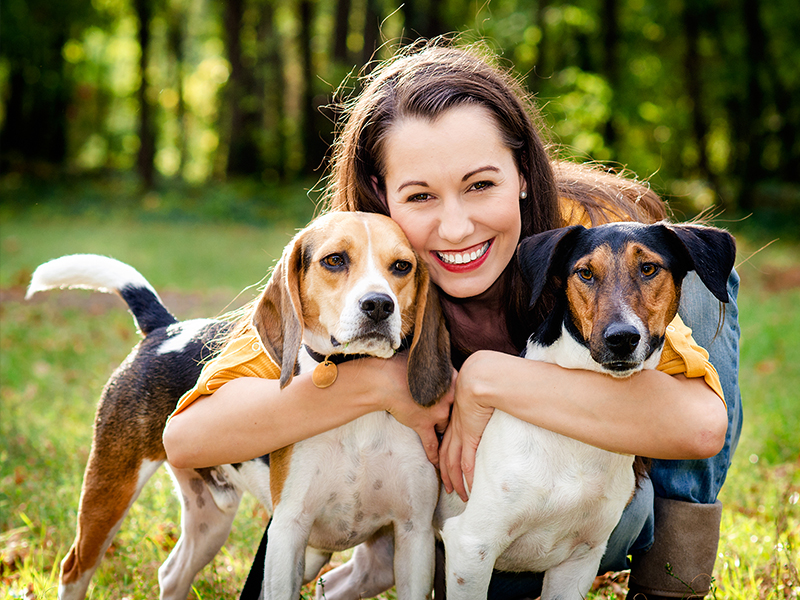Coyne PR 04 May 2015 // 2:02PM GMT

Pet brands, meet the millennials; it’s time you get to know each other.
Baby boomers have long dominated the pet-owning population in the U.S., resulting in questions about what would happen to the industry when boomers age out of their pet ownership prime. However, with new research released by GfK during the Global Pet Expo 2015, pet brands do not have anything to worry about. Millennials (age 18-34) now own more pets, passing baby boomers for the number one spot.
It is clear that this millennial generation is much different than their baby boomer parents. Along with new industry buzz words like “hypoallergenic” and “designer dogs,” “organic” and “gluten-free” pet food, millennial dominance brings new consumer spending habits and implications for brands trying to connect with a generation labeled as conscientious exhibitionists with irrational tendencies.
PR teams with pet clients looking to score big with millennial consumers, take note. Here are a few tips straight from the horse’s mouth and examples of how brands are tapping into the minds of millennials:
- Millennials are influenced by what’s trendy, including celebrity endorsements. PR campaigns have long used celebrity spokespeople to attract media, but when dealing with millennials, celebrities can provide much more than just media bait. When Meow Mix Cat Food wanted to bring back its iconic, 16-year-old jingle and make it resonate with a new consumer audience, the brand partnered with recording artist CeeLo Green to mix things up. The remixed track received more than 10,000 downloads within four days of its release, generating so much buzz that the brand was featured in a season finale spoof on NBC’s The Voice.
- Millennials are not brand loyal and will spend more on pets and new products. This news may be concerning, especially for brands that built recognition and loyalty among baby boomers. When buying pet food for their furry family member, millennials won’t simply rely on the same trusted brand the family dog ate when they were kids. Knowing this, Petco rolled out the “What We Feed Them Matters” campaign, making nutrition advisors available in-store to coach consumers on the best pet food options based on their pet’s specific needs and current feeding trends.
- Millennials use social media to connect with brands. Duh. But, for millennials, social media isn’t just about discovering new concepts and brands; it’s a space for communicating with friends, brands and the world. Integrated campaigns that go beyond info sharing and invite millennials to “make it their own” are on the right track. TrueCar’s #DogsInCars campaign gives millennials an excuse to post yet another picture of their dog (this time, in the car using the program hashtag). Plus, TrueCar offered to donate $1 per photo to Best Friends Animal Society – score (see #5)!
- Millennials participate in the “shared economy.” Hail a ride from a complete stranger using your smartphone? Sign us up! While concepts like Uber and Airbnb have some baby boomers still scratching their heads, the companies have proven success with captivating the millennial audience and appealing to their interests – like kittens! In 2013, Uber celebrated National Cat Day with the launch of UberKittens, delivering adoptable kittens to users upon request for a $30 donation to participating shelters. The idea was so popular, it resulted in an UberKitten shortage in NYC at launch and has since been duplicated in new markets across the U.S.
- Millennials choose brands that support a cause they care about. Millennials are known for their careful approach to purchasing decisions, taking into account numerous aspects of a product and comparing their options. Pet brands have a huge opportunity to score major points with millennial consumers by supporting a philanthropic cause. We call it the Tom’s Shoes model, or buy one, give one. Halo, Purely for Pets food is doing just that with its #HaloFeedItForward campaign, donating meals to shelter pets in partnership with FreeKibble.com.
With more great examples cropping up by the day, it seems the relationship between pet brands and millennials is off to a beautiful beginning. After all, this relationship is built on the shared belief that pets should be loved, cared for and pampered – music to the pet industry’s ears!

Heather Scott is Account Executive at Coyne PR


































.jpg)














